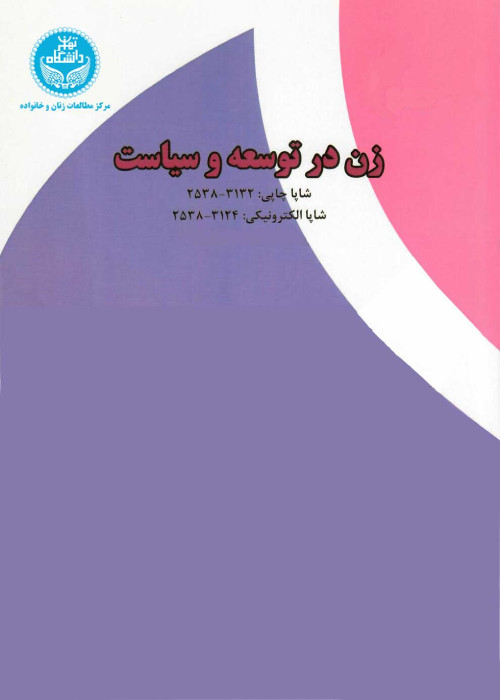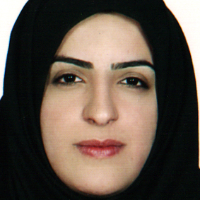The Effects of Various Dimensions of Women's Autonomy on Fertility Behavior in Iran
Author(s):
Abstract:
One of the main issues of the 1994 International Conference on Population and Development (ICPD) in Cairo was the empowerment of women with regard to reproductive health. It is assumed that along with increasing women’s autonomy and empowerment, they will accept more responsibility in decision making about marriage and child bearing, and it would lead to the increased usage of family planning devices, and eventually decreased fertility rate. The purpose of this paper is to examine the relationship between women’s autonomy and fertility behavior in Iran. Data from the 2001 Socio-Economic characteristics of Households conducted by the Iran Statistical Center in collaboration with the Iran-French Research Center is used to meet the objective of this study. The survey covers 6960 households and interviews 5214 women (15-49 years old). Beside the social and economic characteristics of the household and women various aspects women’s autonomy are examined by different questions. The independent variables consist of different measures of women’s autonomy (information, physical, and decision-making autonomy). Physical or movement autonomy is constructed from five questions related to the visits that respondents made to such cultural places as cinema, music, exhibition and parks during the year before the survey. Information autonomy is measured by two questions related to the time allocated to reading books and magazines. Decision-making autonomy is also constructed using three relevant questions. The dependant variable is children ever-born, and is divided into three categories, lower (under 2), medium (3-4), and high (5 or more). In this study, having reviewed the existing literature on women’s autonomy and fertility including the various definitions of autonomy, the level and pattern of fertility in Iran is studied according to ethnicity. Then the relationship between different aspects of women’s autonomy and fertility is analyzed using bi-variate and multivariate analyses. The findings of this study indicate that significant discrepancies exist between women’s status (measured by such variables as physical movement, information autonomy and power of decision-making) from one society to another. A reverse relationship is found between information and physical aspect of women’s autonomy and fertility. With regard to decision-making autonomy, those who participated in decision-making are more likely to use contraceptive methods and less likely have high fertility. Overall, the results reveal that more autonomous women are more likely to have lower fertility. The results indicate that with the changing family dynamics in Iran, the role of men in decision-makings within the family are reduced and gender divided roles are replaced by new participatory roles. Although the impact of various measures of autonomy on fertility is found in this study, due to the influence of such context variables as education and employment, the impact of autonomy variables are not found to be strong. The research believes that studies of women’s autonomy in multicultural societies should take into account social and cultural aspects of various ethnic groups.
Keywords:
Language:
Persian
Published:
Women in Development and Politics, Volume:8 Issue: 1, 2010
Page:
31
magiran.com/p717904
دانلود و مطالعه متن این مقاله با یکی از روشهای زیر امکان پذیر است:
اشتراک شخصی
با عضویت و پرداخت آنلاین حق اشتراک یکساله به مبلغ 1,390,000ريال میتوانید 70 عنوان مطلب دانلود کنید!
اشتراک سازمانی
به کتابخانه دانشگاه یا محل کار خود پیشنهاد کنید تا اشتراک سازمانی این پایگاه را برای دسترسی نامحدود همه کاربران به متن مطالب تهیه نمایند!
توجه!
- حق عضویت دریافتی صرف حمایت از نشریات عضو و نگهداری، تکمیل و توسعه مگیران میشود.
- پرداخت حق اشتراک و دانلود مقالات اجازه بازنشر آن در سایر رسانههای چاپی و دیجیتال را به کاربر نمیدهد.
In order to view content subscription is required
Personal subscription
Subscribe magiran.com for 70 € euros via PayPal and download 70 articles during a year.
Organization subscription
Please contact us to subscribe your university or library for unlimited access!



